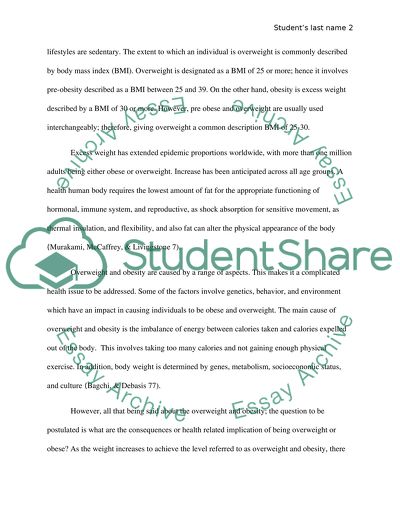Cite this document
(“Chapter 9: Weight Management: Overweight, Obesity, and Underweight Research Paper - 1”, n.d.)
Retrieved from https://studentshare.org/biology/1618963-chapter-9-weight-management-overweight-obesity-and-underweight
Retrieved from https://studentshare.org/biology/1618963-chapter-9-weight-management-overweight-obesity-and-underweight
(Chapter 9: Weight Management: Overweight, Obesity, and Underweight Research Paper - 1)
https://studentshare.org/biology/1618963-chapter-9-weight-management-overweight-obesity-and-underweight.
https://studentshare.org/biology/1618963-chapter-9-weight-management-overweight-obesity-and-underweight.
“Chapter 9: Weight Management: Overweight, Obesity, and Underweight Research Paper - 1”, n.d. https://studentshare.org/biology/1618963-chapter-9-weight-management-overweight-obesity-and-underweight.


